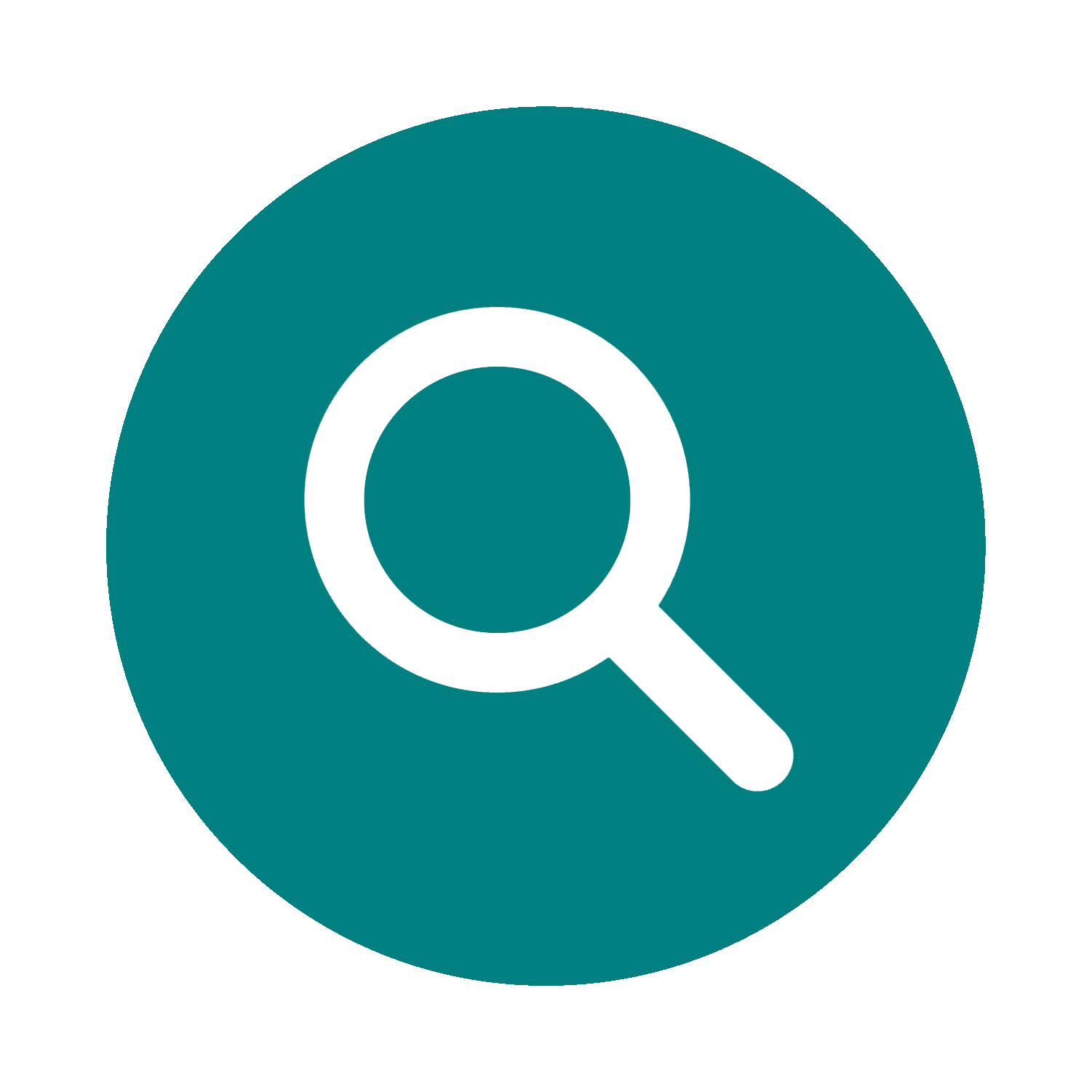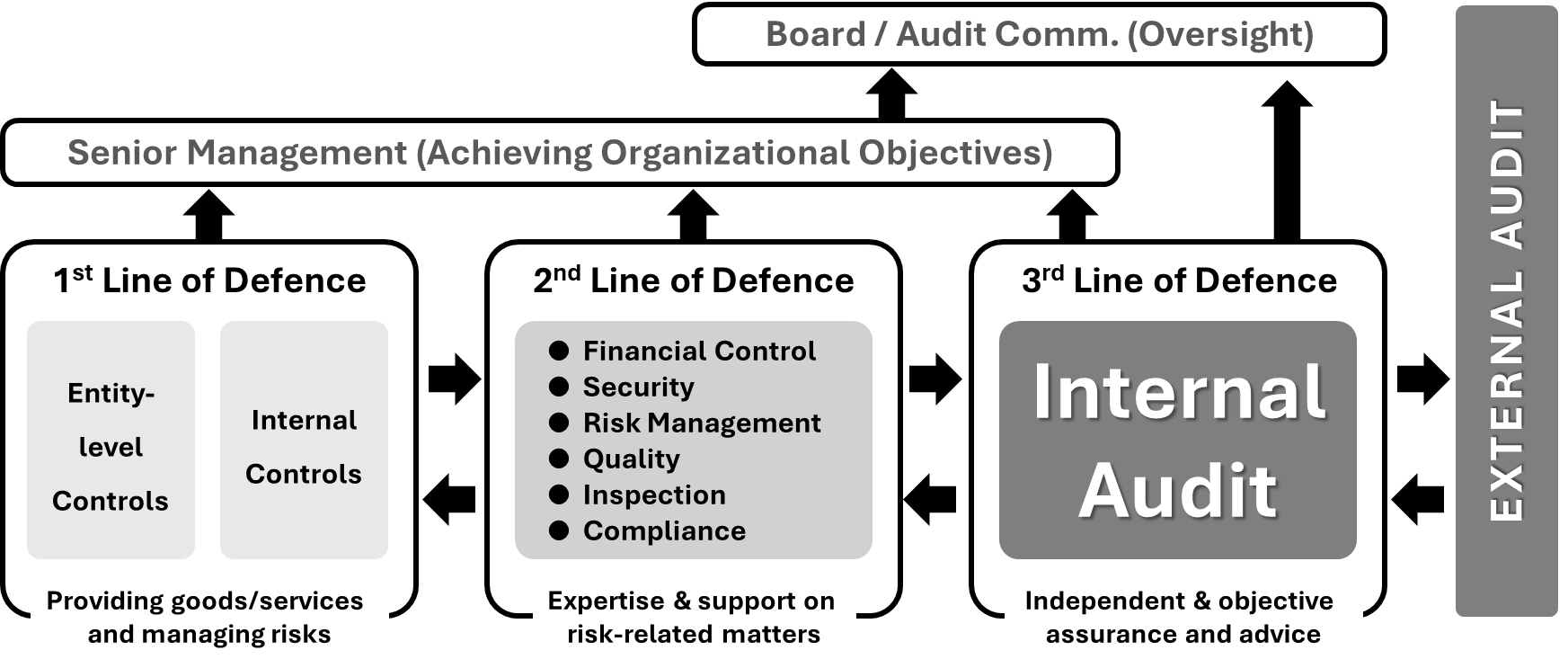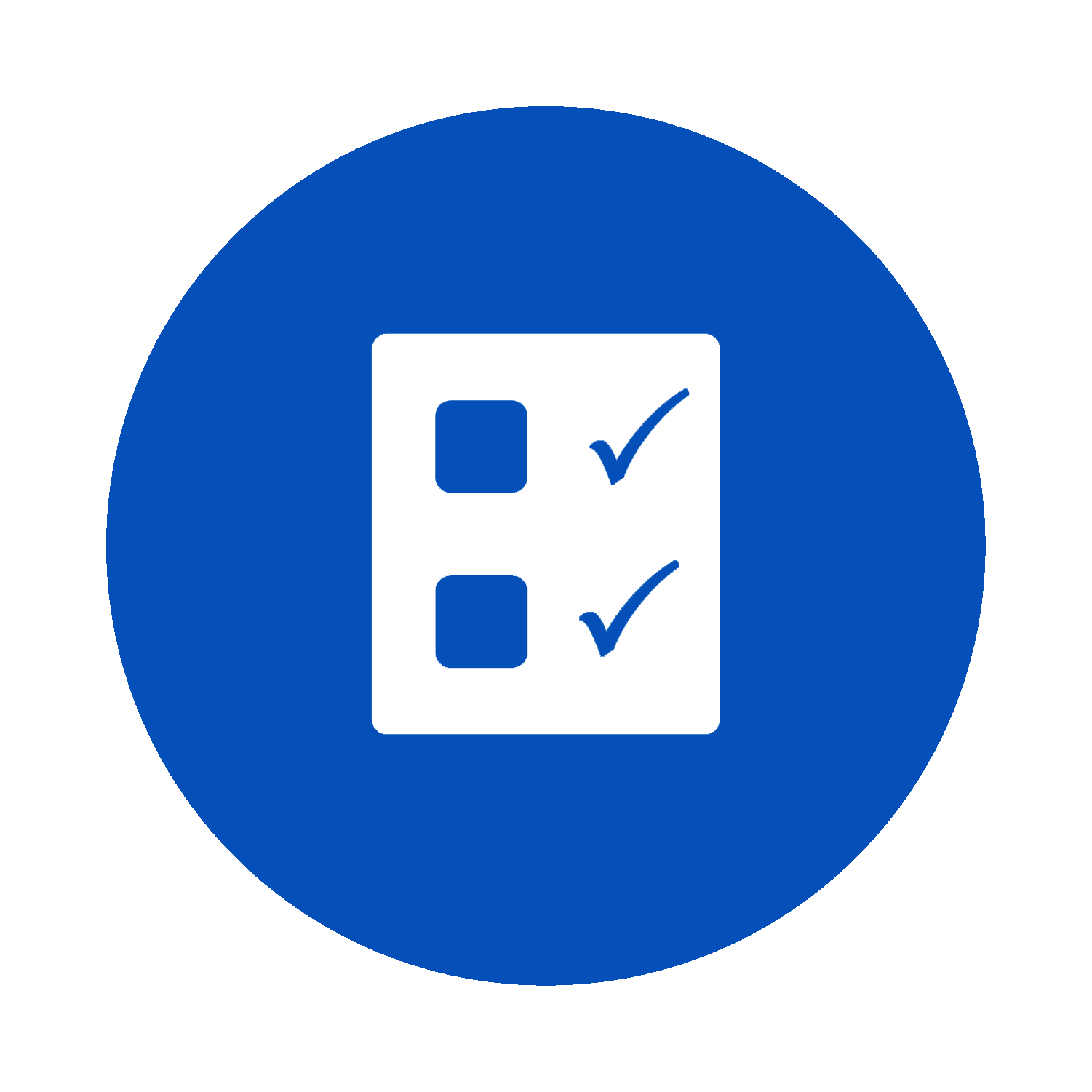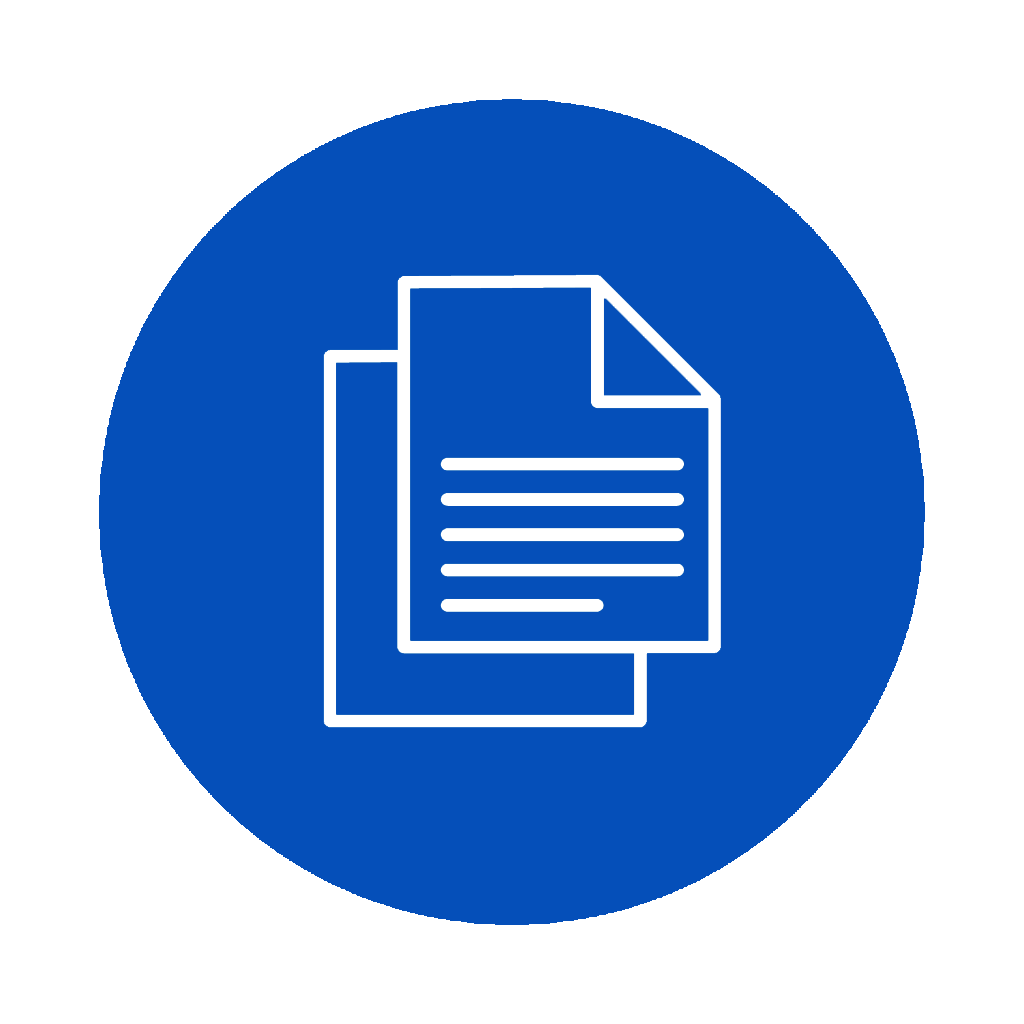Chapter 01. Introduction to Internal Auditing
01.04. Governance, Risk Management, and Control

Key Questions
![]() Briefly reflect on the following before we begin:
Briefly reflect on the following before we begin:
- How do governance, risk management, and control interrelate to support organizational objectives?
- What role does internal auditing play in assessing and improving an organization’s governance structure?
- How can internal auditors effectively evaluate an organization’s risk management practices?
- In what ways do internal controls contribute to an organization’s overall health and success?
For all organizations, the pillars of governance, risk, and control (GRC) are foundational elements that ensure the stability and sustainability of businesses. In this section, we will delve into the critical role of internal auditing in upholding these pillars, providing insights into corporate governance structures, risk management principles, and implementing internal controls. Corporate governance is the framework through which organizations establish accountability, transparency, and ethical conduct. By providing an overview of corporate governance structures, internal auditors can navigate the complexities of board oversight, executive leadership, and stakeholder engagement.
Moreover, we will also explore risk management principles and frameworks, shedding light on how organizations identify, assess, and mitigate risks to achieve strategic objectives. Furthermore, the concept and implementation of internal controls emerge as essential components in ensuring operational effectiveness and compliance with regulatory requirements. We will also see how stakeholders gain insights into the distribution of responsibilities among management, risk management functions, and internal audit, fostering a holistic approach to risk management and control.
 Internal Audit in Action
Internal Audit in Action
Background
Mehta Manufacturing, a leading industrial equipment manufacturer, has been experiencing rapid growth. However, this growth highlighted significant gaps in its corporate governance framework, leading to inefficiencies and increased risk exposures. Recognizing these challenges, the board of directors sought the internal audit function’s help to strengthen governance practices.
The Intervention
The internal audit team, led by an experienced CAE, embarked on a comprehensive review of Mehta’s governance structures. They assessed the effectiveness of the board’s oversight, the clarity of roles and responsibilities, and the alignment of governance practices with strategic objectives. The audit revealed several critical areas for improvement, including the need for a more robust risk management framework and more precise communication channels between the board and management.
Action Taken
Based on the internal audit’s recommendations, Mehta Manufacturing took decisive steps to enhance its governance framework. This included restructuring board committees to ensure a better focus on risk oversight, implementing a formalized strategic planning process, and establishing a governance charter clearly defining organizational roles and responsibilities.
Outcome
These changes led to a more cohesive and effective governance structure at Mehta Manufacturing. The board gained greater visibility into strategic risks and was better equipped to provide informed oversight. Moreover, the enhanced communication channels facilitated a more collaborative approach to governance, aligning the board, management, and internal audit efforts toward common objectives.
Reflection
This scenario highlights the critical role of internal audit in enhancing corporate governance. By providing independent assurance and advisory services, the internal audit function at Mehta Manufacturing was instrumental in identifying governance gaps and recommending improvements. This strengthened the governance framework and contributed to the organization’s long-term sustainability and success.
Governance, Risk, and Control
Integrating Governance, Risk Management, and Control (GRC) into business strategy is essential for organizations to achieve their objectives while managing risk and ensuring compliance. This integration ensures that GRC activities are not siloed but are part of the strategic planning and execution process, aligning them with the organization’s goals and objectives.
The first step in integrating GRC into business strategy involves aligning governance structures with strategic goals. Effective governance provides the framework for policies and procedures that guide the organization in achieving its objectives, making ethical decisions, and complying with regulations. It establishes clear lines of responsibility and accountability throughout the organization. Risk management principles should be embedded in the strategic planning process. By identifying and assessing risks at the strategic level, organizations can develop strategies that address current risks and anticipate and prepare for future challenges. This proactive approach to risk management ensures that strategic initiatives are robust and resilient, capable of adapting to changes in the external environment.
As part of the internal control framework, control activities need to be integrated into business processes to ensure the effective execution of strategies. These controls help manage risks to an acceptable level, ensuring the reliability of financial reporting and compliance with laws and regulations. By embedding control activities in business processes, organizations can ensure that their operations are efficient and effective and that their assets are protected. The integration of GRC into business strategy requires ongoing communication and collaboration among all levels of the organization. This ensures that GRC considerations are part of decision-making processes and that there is a unified approach to managing risks and opportunities. It also involves continuous monitoring and review of GRC activities and their alignment with the strategic objectives of an organization, adjusting as necessary to address emerging risks and changes in the business environment.
Corporate Governance
Corporate governance structures are the systems and processes that guide a company’s operations and ensure its accountability to stakeholders. These structures are crucial for the success and sustainability of any organization. They include various elements, such as the board of directors, management teams, and governance policies, which work together to oversee the company’s activities. The board of directors plays a pivotal role in governance. It oversees the organization’s strategic direction and makes critical decisions on behalf of shareholders. Board members are responsible for appointing senior management and monitoring their performance. They also ensure that the company adheres to laws and ethical standards. Management teams, led by the CEO, handle the day-to-day operations. They implement the strategies the board approves and manage company resources and performance reports. Effective management is essential for achieving the organization’s objectives.
Corporate governance policies and procedures outline the company’s management rules and practices. These include codes of conduct, risk management policies, and internal control systems. Policies ensure transparency, fairness, and responsibility in the company’s dealings. Stakeholders, including shareholders, employees, customers, and the community, have interests in the company’s performance and governance. Effective governance structures address these interests, promoting trust and long-term value. Different models of corporate governance exist worldwide. Some focus on shareholder interests, while others prioritize a broader set of stakeholders. The choice of model can affect the company’s strategy, performance, and reputation.
Risk management is an integral part of corporate governance. It involves identifying, assessing, and mitigating risks that could affect the company. Effective risk management supports decision-making and strategic planning. Internal controls are another critical element. They help ensure the reliability of financial reporting, compliance with laws and regulations, and the efficiency of operations. Internal controls are mechanisms for detecting and preventing errors, fraud, and mismanagement. Integrating governance, risk management, and control (GRC) is vital for cohesive and effective oversight. GRC ensures that governance structures are aligned with the company’s risks and control processes. This alignment helps achieve strategic objectives and manage uncertainty. The role of internal auditing in corporate governance is to provide independent and objective evaluations of the GRC processes. Internal auditors assess the effectiveness of governance structures, risk management practices, and internal controls. Their insights help the board and management improve operations and governance.
Risk Management Principles and Frameworks
Risk management principles and frameworks are essential for guiding organizations in identifying, assessing, and mitigating risks. These principles ensure that risk management processes are integrated into an organization’s operations, enhancing decision-making and strategic planning.
- The first principle of risk management is the alignment with organizational objectives. Risk management strategies should support the achievement of the organization’s goals. This requires clearly understanding the organization’s mission, vision, and strategic objectives.
- Risk identification is a continuous process. Organizations must regularly scan their internal and external environments to identify new risks. This includes financial, operational, strategic, and compliance risks. Effective risk identification involves stakeholders from various levels of the organization.
- Once risks are identified, they must be assessed for their potential impact and likelihood. This assessment helps prioritize risks based on their severity. Organizations use qualitative and quantitative methods to evaluate risks, facilitating informed decision-making.
- Risk response strategies are developed based on the assessment. Organizations can choose to avoid, accept, transfer, or mitigate risks. The chosen strategy should align with the organization’s risk appetite and capacity for risk.
- Communication and consultation are critical components of risk management. Stakeholders should be informed about risks and involved in the risk management process. Effective communication ensures that everyone understands their roles and responsibilities in managing risks.
- Monitoring and review of risk management processes are essential for ensuring their effectiveness. Organizations should regularly review risk management strategies and controls to adapt to changes in the internal and external environment.
Several risk management frameworks exist to guide organizations in implementing these principles. The ISO 31000 standard provides guidelines on risk management principles and practices applicable to any organization. It emphasizes a structured and comprehensive approach to risk management, enhancing resilience and decision-making. The COSO Enterprise Risk Management (ERM) framework is another widely adopted model. It integrates risk management with strategy and performance, emphasizing the importance of risk management in achieving strategic objectives. The COSO (Committee of Sponsoring Organizations) framework outlines components and principles for effective ERM, including governance and culture, strategy and objective-setting, performance, review, and information and communication.
Internal Controls
The concept of internal controls is foundational in safeguarding an organization’s assets, ensuring the integrity of its financial reporting, and complying with laws and regulations. Internal controls comprise the policies, procedures, and activities put in place by an organization to achieve these critical objectives. Internal controls address operational efficiency, ensuring that business processes are practical and efficient. They also aim to guarantee the reliability of financial reporting, which is vital for internal decision-making and external accountability. Internal controls are essential in ensuring compliance with applicable laws and regulations, protecting the organization from fines and legal issues.
Critical components of internal controls include control activities, risk assessment, information and communication, monitoring activities, and the control environment.
- Control activities are the policies and procedures that help ensure management directives are carried out.
- Risk assessment involves identifying and analyzing risks to achieve objectives and forming a basis for determining how risks should be managed.
- Information and communication involve identifying, capturing, and exchanging information in a form and timeframe that enables people to carry out their responsibilities.
- Effective communication must occur broadly, flowing down, across, and up the organization.
- Monitoring activities pertain to the ongoing evaluations to ascertain whether each component of internal controls is present and functioning.
The control environment is the organizational culture that influences the effectiveness of internal controls. It sets the tone of an organization, influencing the control consciousness of its people. It is the foundation for all other components of internal controls, providing discipline and structure.
Implementing internal controls begins with identifying risks that could prevent the organization from achieving its objectives. Once risks are identified, controls are designed to mitigate these risks. These controls can be preventive or detective. Preventive controls aim to deter undesired events or outcomes, while detective controls are intended to identify and correct undesired events that have occurred. Effective implementation of internal controls also requires continuous monitoring and regular evaluation to ensure they are operating as intended. Adjustments should be made to address deficiencies or changes in the operating environment, regulatory requirements, or other conditions. Internal audit plays a critical role in the effective implementation of internal controls. Internal auditors assess the design and operating effectiveness of internal controls, identify areas of improvement, and provide recommendations to enhance the organization’s risk management, control, and governance processes. Through their independent and objective evaluations, internal auditors contribute significantly to the integrity and reliability of internal controls, thereby supporting the organization’s objectives and sustainability.
Role of Internal Auditing in GRC
The role of internal auditing (IA) in ensuring effective Governance, Risk Management, and Control (GRC) is critical for organizations aiming to achieve their objectives while mitigating risks and complying with applicable laws and regulations. Internal auditors ensure an organization’s risk management, governance, and internal control processes operate effectively. The table below summarizes the role of internal auditors in each of the three dimensions of GRC.
Role of IA in Governance
The internal audit begins with assessing the governance framework to ensure it aligns with the organization’s objectives and values. This includes evaluating the effectiveness of the board of directors, management’s leadership and oversight, ethical culture, and stakeholder communication. Internal auditors examine the structures and processes that guide organizational decision-making, policy implementation, and accountability mechanisms.
Role of IA in Risk Management
Internal auditors play a pivotal role in risk management by evaluating the effectiveness of the organization’s risk management framework. This involves assessing whether risks are correctly identified, analyzed and responded to. Internal auditors review the alignment of risk management practices with the organization’s strategic goals, ensuring risks are managed to acceptable levels. They also verify that the organization proactively identifies emerging risks and adapts its risk management strategies accordingly.
Role of IA in Control
Regarding control, internal audits evaluate the effectiveness and efficiency of internal controls in managing risks to achieve organizational objectives. This includes assessing controls over financial reporting, operational activities, and compliance with laws and regulations. Internal auditors identify weaknesses in internal controls and recommend improvements to strengthen them. They ensure internal controls are appropriately designed, implemented, and maintained to address and mitigate identified risks.
Internal audit’s assurance function ensures that GRC components are integrated within the organization’s business strategy and operations. They assess whether GRC processes are embedded in the organization’s day-to-day activities, contributing to a culture of risk awareness and ethical conduct. This integration is essential for fostering an organizational environment where risk management and control processes are seen as enablers of business objectives rather than administrative burdens. Furthermore, internal auditors facilitate continuous improvement by providing management and the board with insights and recommendations based on their audits. Their independent perspective helps identify opportunities to enhance GRC processes, making them more efficient and effective. Internal auditors also monitor the implementation of their recommendations to ensure they effectively address the identified issues.
The Three Lines of Defence Model
The Three Lines of Defence model is a widely recognized framework for managing risk and ensuring effective organizational governance. It clarifies roles and responsibilities to achieve key risk management and control objectives. Understanding and implementing this model is crucial for internal auditors, as it provides a structured approach to risk management and internal control. Exhibit 1.1 shows a visual representation of this model.

The First Line of Defence
The first line of defence consists of operational management. Managers in this line are directly responsible for maintaining adequate internal controls and managing risks within their specific operations. This includes implementing risk mitigation strategies, ensuring proper procedures are followed, and maintaining an environment that promotes policy compliance. The first line is pivotal in identifying, assessing, and controlling risks.
The Second Line of Defence
The second line of defence comprises various risk management and compliance functions established by the organization to support the first line. Functions such as risk management, compliance, quality assurance, and environmental management provide expertise, tools, and methodologies to manage specific risks. They also help ensure that policies and procedures are designed effectively and that risk management practices are aligned with the organization’s objectives. The second line monitors and facilitates the implementation of effective risk management practices by operational management and assists with risk assessments and reporting.
The Third Line of Defence
The third line of defence is internal auditing. Internal audits provide an independent and objective assessment of the effectiveness of risk management, control, and governance processes. Unlike the first and second lines, which are involved in risk management and control activities, internal audits evaluate all aspects of risk management and internal controls. Doing so helps the board and senior management understand the effectiveness of these processes and areas where improvements are needed. Internal audits are independent of day-to-day operations and allow for an unbiased evaluation of the management of risks and the effectiveness of the first and second lines of defence.
Effective coordination among the three lines is essential for a robust risk management and control system. Clear communication channels, regular reporting, and collaborative efforts ensure that risk management is integrated throughout the organization, enhancing the overall effectiveness of governance, risk management, and control processes. The Three Lines of Defence Model emphasizes the importance of clear roles and responsibilities in risk management. It supports effective oversight and provides a comprehensive approach to managing risk. For internal auditors, understanding and assessing the effectiveness of this model within their organization is vital. It helps ensure that risks are appropriately managed and that the organization’s objectives are achieved efficiently, effectively, and ethically.
 Internal Audit in Action
Internal Audit in Action
Background
LarinWareInc., a software development company, found that its rapid expansion into new markets had outpaced the development of its risk management and internal control systems. The disjointed nature of these systems led to unaddressed risks and inefficiencies, prompting the internal audit team to take action.
The Challenge
The internal audit team at LarinWare conducted an in-depth evaluation of the company’s risk management practices and internal control framework. They discovered inconsistencies in risk assessment methodologies and a need to integrate risk management and operational controls across different departments.
Strategic Approach
To address these issues, the internal audit team recommended the adoption of a unified risk management framework and the integration of risk management with internal controls. They worked closely with department heads to implement these changes, ensuring that risk assessment processes were standardized, and controls aligned with identified risks.
Implementation and Outcome
Adopting a unified risk management framework allowed LarinWare Solutions to achieve a more holistic view of its risk landscape. This, in turn, enabled the company to prioritize risks more effectively and allocate resources where needed most. Integrating risk management and internal controls led to significant improvements in operational efficiency and risk mitigation.
Reflection
This scenario demonstrates the pivotal role of internal auditing in streamlining risk management and internal control processes. Through their independent evaluation and advisory capacity, the internal audit team at LarinWare Solutions was able to identify critical gaps and recommend integrated solutions. This enhanced the company’s risk management capabilities and supported its strategic objectives and growth ambitions. It exemplifies how internal audit functions are essential pillars in modern organizations’ governance, risk, and control framework, contributing significantly to their resilience and success.
 Key Takeaways
Key Takeaways
Let’s recap the concepts discussed in this section by reviewing these key takeaways:
- Corporate governance ensures accountability, transparency, and ethical behaviour within organizations. It describes how auditors must thoroughly understand governance structures to navigate and oversee corporate operations effectively.
- Risk management involves identifying, assessing, and mitigating potential threats to protect organizational objectives and assets. Auditors apply specific methodologies and frameworks to manage the risks associated with strategic decisions, ensuring the organization’s stability and security.
- Internal controls are essential for promoting operational efficiency and ensuring regulatory compliance. Auditors play a critical role in implementing and maintaining these controls, which help uphold governance standards and mitigate operational risks.
- The three lines of the defence model outline a structured approach to risk management by delineating the roles of governance, risk management functions, and internal auditing. This framework enhances organizational resilience and improves responses to potential adversities.
- Internal auditors are vital in upholding the principles of governance, risk, and control. Their expertise in evaluating compliance, identifying areas for improvement, and offering insights greatly fortifies the organization’s foundations in resilience and sustainability.
 Knowledge Check
Knowledge Check
 Review Questions
Review Questions
- What are the primary components of corporate governance structures, and why are they important?
- Describe two risk management principles that organizations should follow.
- Explain the significance of the Three Lines of Defence model in risk management and control.
- How does integrating Governance, Risk Management, and Control (GRC) in business strategy benefit an organization?
- In what ways does auditing serve as a governance tool?
 Essay Questions
Essay Questions
- Discuss the importance of integrating Governance, Risk Management, and Control (GRC) into an organization’s strategic planning process. Provide examples of how this integration can help organizations navigate challenges and seize opportunities.
- Explain the role of internal auditing in supporting effective corporate governance and describe how internal auditors can add value beyond traditional financial auditing.
 Mini Case Study
Mini Case Study
Brand Electronics Inc. is a multinational corporation specializing in developing and manufacturing high-tech consumer electronics. The company has experienced rapid growth over the past five years, expanding its operations into several new international markets. However, this expansion has introduced complex challenges, including diverse regulatory environments, operational risks, and strategic management issues.
The board of directors at Brand Electronics Inc. recognizes the need to strengthen the company’s Governance, Risk Management, and Control (GRC) practices to navigate these challenges effectively. They have tasked the internal audit department, led by Charlie, an experienced internal audit executive, with evaluating the current GRC practices and recommending improvements. Charlie’s team begins by comprehensively assessing Brand ‘s governance structures, risk management processes, and internal control mechanisms. The evaluation reveals several areas for improvement: the company’s risk management practices need to be fully integrated into its strategic planning processes, there needs to be more clarity in roles and responsibilities within the governance framework, and the internal controls around new market entry strategies need to be improved.
Required: Based on the assessment findings, how should Charlie and the internal audit team address the identified areas for improvement in Brand’s GRC practices? Provide a detailed action plan with recommendations for enhancing governance structures, integrating risk management with strategic planning, and strengthening internal controls.
The system of rules, practices, and processes by which a company is directed and controlled, focusing on the interests of stakeholders and ensuring accountability.
The practice of involving individuals or groups who may be affected by or can influence the outcome of an organization's decisions and activities.
Procedures and mechanisms implemented to ensure the integrity of financial reporting, compliance with laws, and effective operations.
An integrated approach to managing an organization's overall governance, risk management, and internal controls to direct, protect, and ensure the achievement of organizational objectives.
A group of individuals elected by shareholders to oversee the activities and governance of an organization, ensuring accountability and strategic direction.
The systematic approach to managing risks through identification, assessment, prioritization, and implementation of strategies to minimize their impact.
The process of finding, recognizing, and recording risks that could potentially impact the achievement of objectives.
Strategies and actions taken to address identified risks, including avoiding, transferring, mitigating, or accepting the risk.
The amount and type of risk an organization is willing to take in order to achieve its objectives, reflecting its risk tolerance.
Policies, procedures, and practices that ensure management directives are carried out to achieve organizational objectives and mitigate risks.
The overall process of identifying, analyzing, and evaluating potential risks that could impact an organization's ability to achieve its objectives.
Systems and processes that support the capture, exchange, and dissemination of information needed to manage and control operations effectively.
Ongoing evaluations to ensure each component of internal control is functioning properly and addressing any identified deficiencies.
The set of standards, processes, and structures that provide the foundation for carrying out internal controls across the organization.
A set of components that provide the foundations and organizational arrangements for designing, implementing, monitoring, reviewing, and continually improving risk management throughout an organization.
The initial layer of risk management responsibilities carried out by operations management, involving the execution and maintenance of internal controls.
Adherence to established guidelines, procedures, or regulations within an organization, ensuring that activities align with the legal and regulatory framework.
Functions that oversee risk management and compliance, providing guidance, support, and monitoring to ensure effective risk controls and adherence to policies.
A systematic process of checking to see whether a product or service being developed is meeting specified requirements, ensuring consistency and quality.
The internal audit function that provides independent assurance on the effectiveness of governance, risk management, and internal controls within an organization.
A framework that divides risk management responsibilities into three levels: operational management, risk management and compliance functions, and internal audit.

